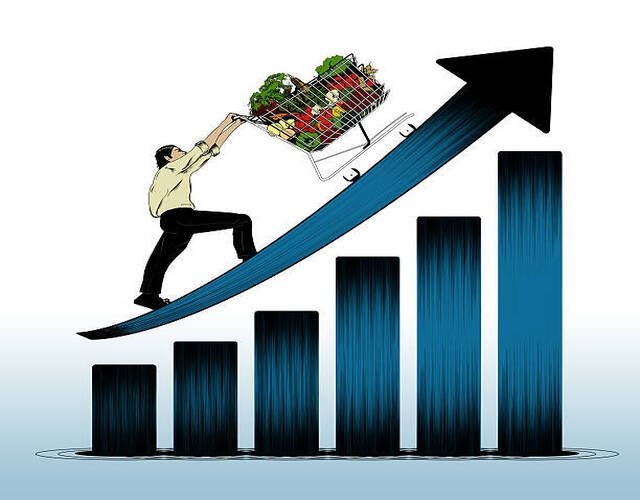Americans See Rising Prices Across the Board

Image Courtesy of Investopedia
By Jeremy Perillo
The school year is wrapping up, the weather is getting hot, and the post-pandemic “normal” is rearing its head. But, as Americans start to enjoy a Covid-free summer, they are seeing the price of goods increase dramatically. The answer as to why this is happening is not easy to determine, contrary to what politicians in Washington want Americans to believe.
Steel, lumber, cars, fuel, toilet paper, diapers, and corn are just some of the items where prices have jumped in the past few months. In March, as the pandemic began to turn a corner, The Tower reported on the increasing cost of gasoline and the truth surrounding what and who is responsible for the increasing prices. Similar to gas prices then, most of the price increases are directly linked to the post-pandemic recovery.
At the start of the pandemic, with travel restrictions, stay-at-home orders, and quarantines, Americans were staying at home and limiting their spending. In addition, companies had to lay off workers due to the severity of the pandemic and because of the lack of product. Flash forward almost a year and a half, people are vaccinated, getting out of the house, and ready to spend, spend, spend. This spending spree is also being aided by government stimulus that was included in three coronavirus stimulus packages passed by Congress.
The result of companies furloughing workers or decreasing production at the beginning of the pandemic is that because demand is now high, they are behind in supplying that demand and struggling to secure raw materials. Supply chains, already strained globally from the pandemic, are being further tested by this post-pandemic boom, which is having a trickle-down effect on prices. Shortages in shipping containers, port bottlenecks, cyber attacks, and natural disasters don’t help the situation either. To put it simply: demand is shellacking supply.
The current rate of inflation does beg deeper questions of what the future post-pandemic economy looks like. Is the current status of the economy a reaction to the ending of the pandemic, or is it ushering in a different global economy that will increase the cost of living and usher in a new age of inflation? The answer to that question will dictate not only the finances of people across the world but also play a hand in how politics is navigated.
Will voters put a foot down against big government spending in 2022? Are they feeling the benefits of the government stimuli? Will political parties position themselves to take advantage of the altered economy to support their election efforts? As we go through the summer and beyond, continuing through this post-pandemic life, these questions will become easier to answer, and could dramatically change America’s political scene.





